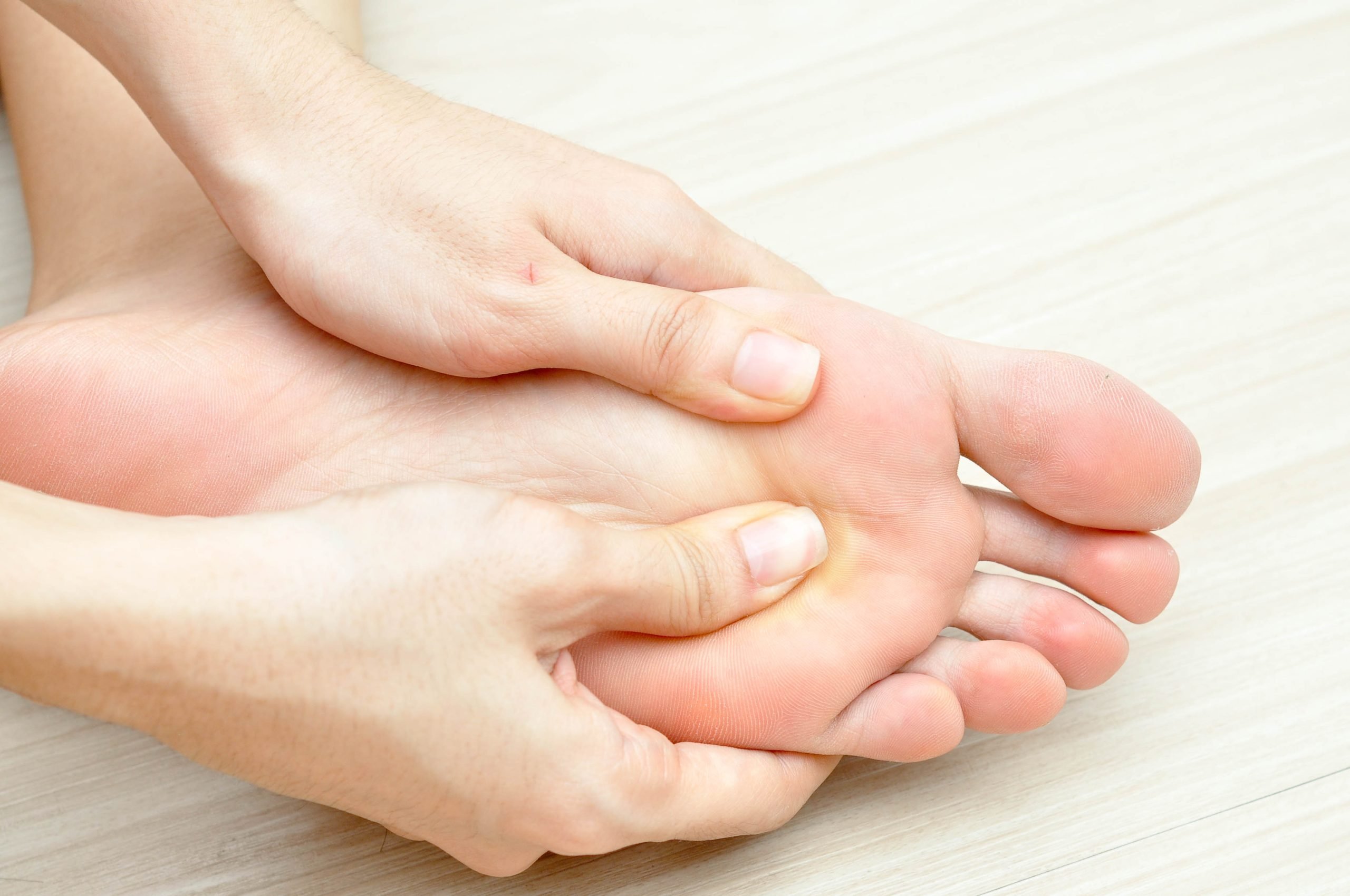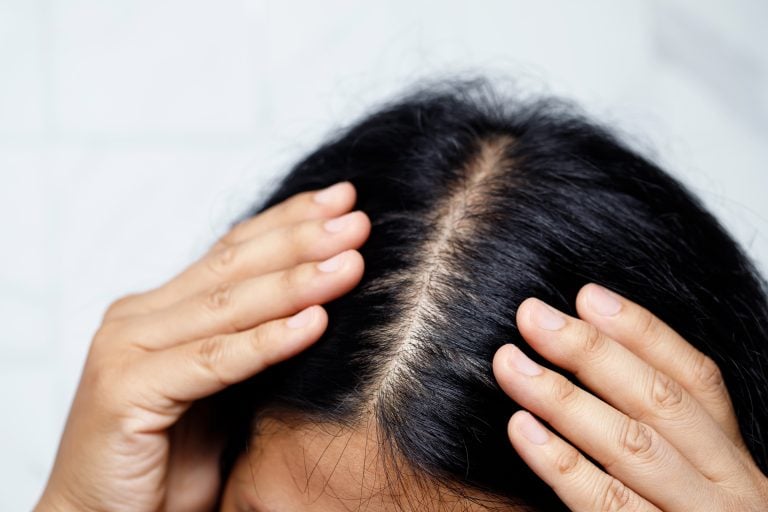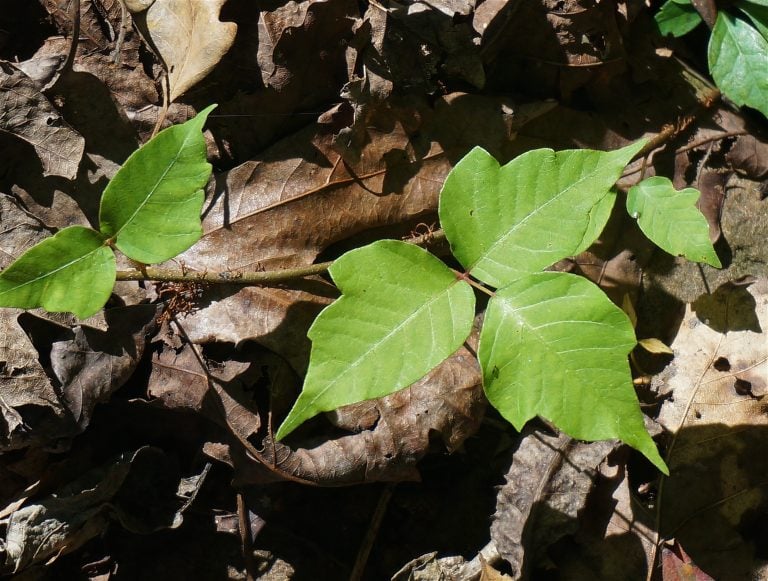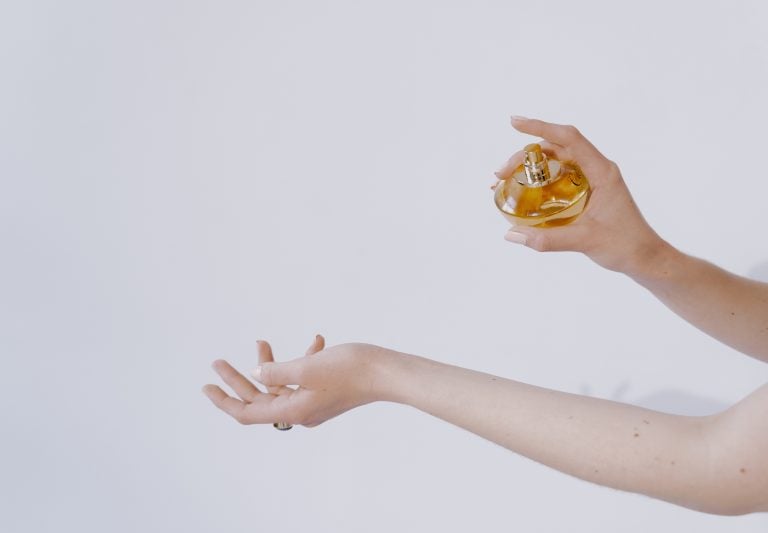Athlete’s foot, medically known as tinea pedis, is a common and highly contagious fungal infection that affects the feet. The culprit is a group of fungi known as dermatophytes, which thrive in warm, moist environments. These microscopic organisms lurk where people often walk barefoot, such as locker room floors, public showers, and areas around swimming pools.1Nigam PK, Syed HA, Saleh D. Tinea pedis. StatPearls. 2023;Oct 29. https://www.ncbi.nlm.nih.gov/books/NBK470421 Recognizing places that serve as breeding grounds for infection can help people reduce the risk of exposure and transmission.
Symptoms, risk factors, and diagnosis
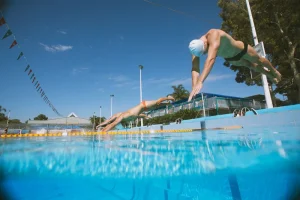
Athlete’s foot typically strikes the toes first, in an outbreak of honey-colored, scaly, cracked, and crusted lesions that may have an unpleasant odor.2Overview: athlete’s foot. InformedHealth.org. IQWiG. 2022;Dec 2. https://www.ncbi.nlm.nih.gov/books/NBK279549/?report=reader#_NBK279549_pubdet_ Common symptoms include itching, burning, and stinging. The infection can also spread to other parts of the foot and body.1Nigam PK, Syed HA, Saleh D. Tinea pedis. StatPearls. 2023;Oct 29. https://www.ncbi.nlm.nih.gov/books/NBK470421
Moccasin-type athlete’s foot has similar symptoms but affects the edges and soles of the feet and heels.2Overview: athlete’s foot. InformedHealth.org. IQWiG. 2022;Dec 2. https://www.ncbi.nlm.nih.gov/books/NBK279549/?report=reader#_NBK279549_pubdet_
Men, swimmers, and runners are more likely to catch athlete’s foot, but there are other risk factors2Overview: athlete’s foot. InformedHealth.org. IQWiG. 2022;Dec 2. https://www.ncbi.nlm.nih.gov/books/NBK279549/?report=reader#_NBK279549_pubdet_:
- Excessively sweaty feet
- Allergies like dermatitis or eczema
- Multiple infections in the family
- A weakened immune system
- Circulatory problems in the legs
- Wearing impermeable work shoes (safety boots or rubber boots)
A doctor can typically identify athlete’s foot at first glance; however, a microscopic analysis of skin scrapings from the affected area may be necessary to confirm the diagnosis.1Nigam PK, Syed HA, Saleh D. Tinea pedis. StatPearls. 2023;Oct 29. https://www.ncbi.nlm.nih.gov/books/NBK470421
Conventional treatment
Over-the-counter topical antifungals like Lamisil (terbinafine) and Lotrimin (clotrimazole) are the first choice for treating athlete’s foot in conventional medicine. Oral antifungals may be prescribed for more severe cases.3Makola NF, Magongwa NM, Matsaung B, et al. Managing athlete’s foot. S Afr Fam Pract. 2018;60(5). https://safpj.co.za/index.php/safpj/article/view/4911
Antifungal agents work by attacking the cell membrane and killing the fungus. But these medicines have potential side effects. Headaches, cough, diarrhea, abdominal pain, and altered taste and smell have been reported with Lamisil.3Makola NF, Magongwa NM, Matsaung B, et al. Managing athlete’s foot. S Afr Fam Pract. 2018;60(5). https://safpj.co.za/index.php/safpj/article/view/4911,4Cunha JP. Lamisil (terminafine) vs. Lotrimin (clotrimazole). MedicineNet. 2022;Aug 10. https://www.medicinenet.com/lamisil_terbinafine_vs_lotrimin_clotrimazole/drug-vs.htm Oral terbinafine may also cause more serious problems, including liver failure. With Lotrimin, some people experience localized redness, stinging, blistering, peeling, swelling, and burning. Nausea and vomiting are linked to oral clotrimazole use.4Cunha JP. Lamisil (terminafine) vs. Lotrimin (clotrimazole). MedicineNet. 2022;Aug 10. https://www.medicinenet.com/lamisil_terbinafine_vs_lotrimin_clotrimazole/drug-vs.htm
Most patients don’t experience complications with athlete’s foot, but it’s important to see a doctor if symptoms persist or worsen. Insufficient treatment can lead to skin damage and other issues.1Nigam PK, Syed HA, Saleh D. Tinea pedis. StatPearls. 2023;Oct 29. https://www.ncbi.nlm.nih.gov/books/NBK470421
Natural remedies for athlete’s foot
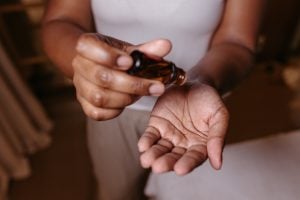
“In conventional medicine, the primary focus is on prescribing a topical treatment that may in fact work,” says Elspeth G. Seddig, ND, founder of AURUM: Naturopathic Medical Alchemy in San Francisco, California, and Phoenix, Arizona. “However, if there are recurrent infections, it can be useful to see a naturopathic [doctor], who will look at potentially deeper systemic imbalances, which most often involve the gut. With naturopathic medicine, we generally don’t look at just the athlete’s foot in isolation. We look at the whole picture, especially if a fungal infection is recurrent.”
Tea tree oil is one of the most popular ways to treat foot fungus at home.5Satchell AC, Saurajen A, Bell C, et al. Treatment of interdigital tinea pedis with 25% and 50% tea tree oil solution: a randomized, placebo-controlled, blinded study. Aust J Dermatol. 2002;43(3):175-178. https://doi.org/10.1046/j.1440-0960.2002.00590.x “If the patient doesn’t have open exposed sores, which are common with the itching of athlete’s foot,” notes Dr. Seddig, “a few drops of tea tree oil can be mixed with a carrier oil such as shea butter, olive oil, or coconut oil and then applied topically to the site of the infection. Because the skin barrier can be weakened and become irritated, a daily oatmeal foot bath soak can [also] be soothing.”
Herbs and nutrients with anti-inflammatory properties may also be helpful.
“I find that reducing sugar and processed foods in the diet can help facilitate faster recovery and potentially reduce the risk of recurrent infections,” says Dr. Seddig.
Preventing fungal foot infections
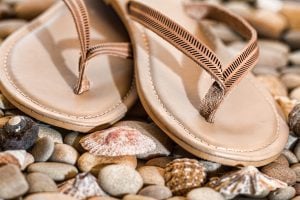
Proper hygiene (keeping feet clean and dry when possible) is the most effective strategy for preventing a fungal infection.
“With athlete’s foot, it is important to thoroughly dry between the toes after each shower,” explains Dr. Seddig. “It may be necessary to change socks more frequently to avoid moisture buildup between the toes.”
There are many ways to reduce the risk of athlete’s foot or reinfection1Nigam PK, Syed HA, Saleh D. Tinea pedis. StatPearls. 2023;Oct 29. https://www.ncbi.nlm.nih.gov/books/NBK470421:
- Keep feet clean by washing daily with soap and warm water.
- Get rid of old shoes.
- Wear breathable shoes.
- Wear flip flops or sandals in public areas such as gyms, communal showers, and pools.
- Wear moisture-wicking socks. Avoid tight-fitting shoes and socks.
- Don’t share shoes or socks.
- Regularly inspect feet for early signs of infection (e.g., redness, scaling, itching).
- Promptly tend to cuts, blisters, or breaks in the skin to avoid fungal entry.
Athlete’s foot may be common, but it’s also highly preventable with mindful hygiene and prompt attention. Staying proactive and treating symptoms early can help keep feet healthy, comfortable, and fungus free.
Footnotes
- 1Nigam PK, Syed HA, Saleh D. Tinea pedis. StatPearls. 2023;Oct 29. https://www.ncbi.nlm.nih.gov/books/NBK470421
- 2Overview: athlete’s foot. InformedHealth.org. IQWiG. 2022;Dec 2. https://www.ncbi.nlm.nih.gov/books/NBK279549/?report=reader#_NBK279549_pubdet_
- 3Makola NF, Magongwa NM, Matsaung B, et al. Managing athlete’s foot. S Afr Fam Pract. 2018;60(5). https://safpj.co.za/index.php/safpj/article/view/4911
- 4Cunha JP. Lamisil (terminafine) vs. Lotrimin (clotrimazole). MedicineNet. 2022;Aug 10. https://www.medicinenet.com/lamisil_terbinafine_vs_lotrimin_clotrimazole/drug-vs.htm
- 5Satchell AC, Saurajen A, Bell C, et al. Treatment of interdigital tinea pedis with 25% and 50% tea tree oil solution: a randomized, placebo-controlled, blinded study. Aust J Dermatol. 2002;43(3):175-178. https://doi.org/10.1046/j.1440-0960.2002.00590.x

